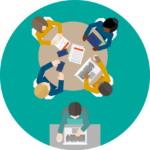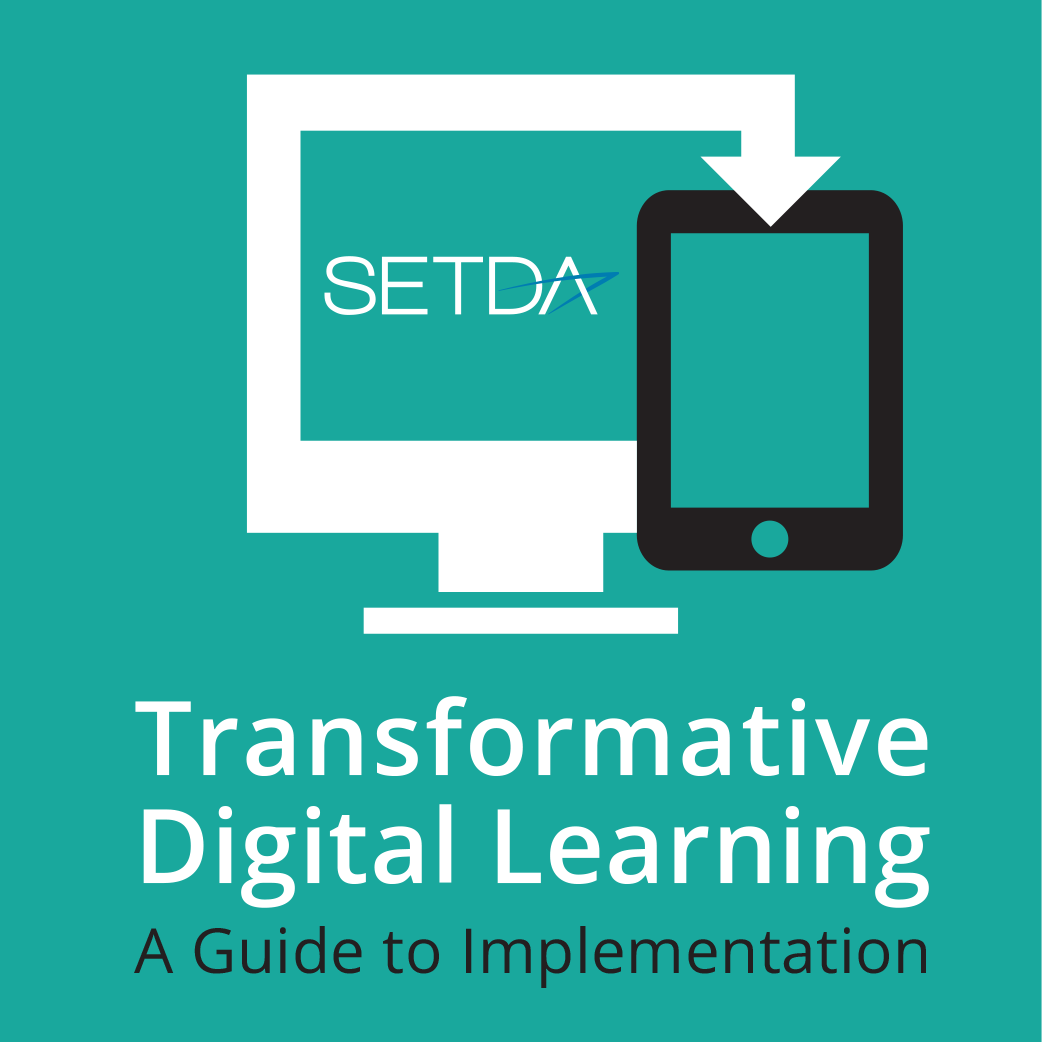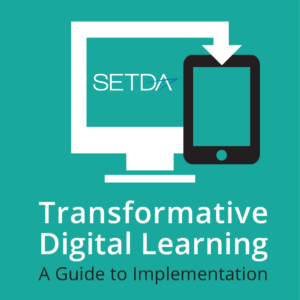Planning
Planning
A district professional learning plan provides the opportunity to establish short- and long-term professional learning goals for instruction, to articulate how professional learning will take place, and delineates desired outcomes. Approaching professional learning planning comprehensively allows districts to achieve efficiencies and reduce redundancy across schools. Districts with successful professional learning initiatives typically align goals, activities and outcomes across their departments, schools, and district. A professional learning plan should include the following essential elements: needs assessment; goal setting; and evaluation of success.Needs Assessment
As with any plan, an early needs assessment can help focus professional learning efforts on activities that reflect gaps and priorities for classroom instruction related to digital learning. A clear understanding of learning needs also provides concrete outcomes or targets for professional learning opportunities and typically provides insight into the best methods for accomplishing these goals.Resources
- Learning Forward’s Professional Learning Plans Workbook
- Maryland Teacher Professional Development Planning Guide
- Wisconsin’s Writing a Professional Development Plan (PDP)
- ISTE Standards
- CCSSO’s Interstate Teacher Assessment and Support Consortium Learning Progressions (InTASC)
- Technological Pedagogical Content Knowledge Framework (TPACK)
- Substitution Augmentation Modification Redefinition Model (SAMR) and Curriculum Redesign
- ASCD’s Five Levels of Professional Development Evaluation
- Texas Teacher School Technology and Readiness “STaR” Chart
From Policy to Practice
The state of Virginia funds one instructional technology (IT) resource teacher for every 1000 students across the state. The districts have the flexibility to employ an integration specialist, a data analysis specialist or a combination integration/data analysis specialist.More
The role of the resource teacher is to work directly with teachers and administrators to integrate technology in the classroom, to train teachers to use technology effectively, and to assist with curriculum development as it relates to educational technology. Leaders use management systems to provide online and hybrid professional development sessions to schools. Web 2.0 tools such as blogs and wikis help foster participation and collaboration and the development of 21st Century skills.




